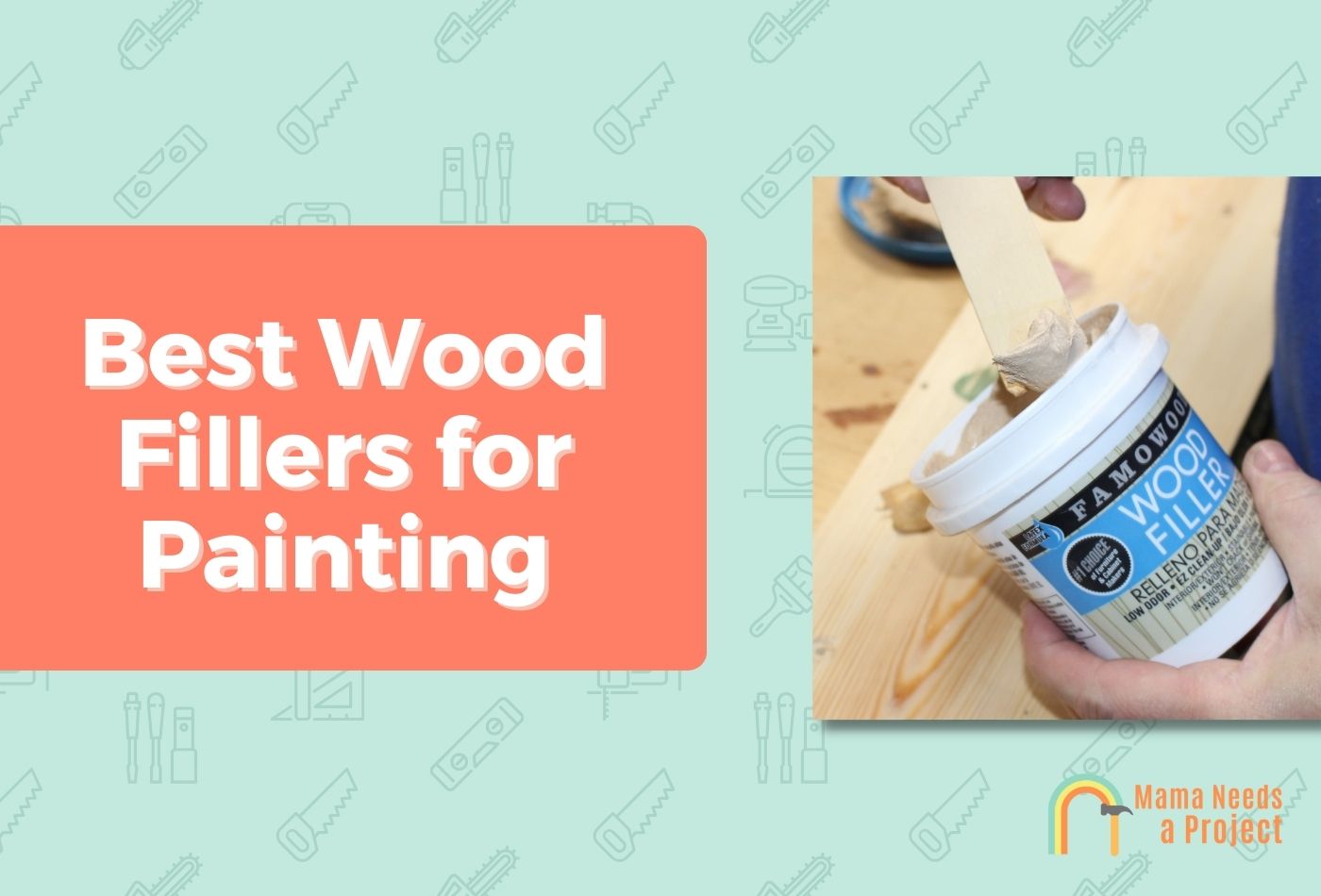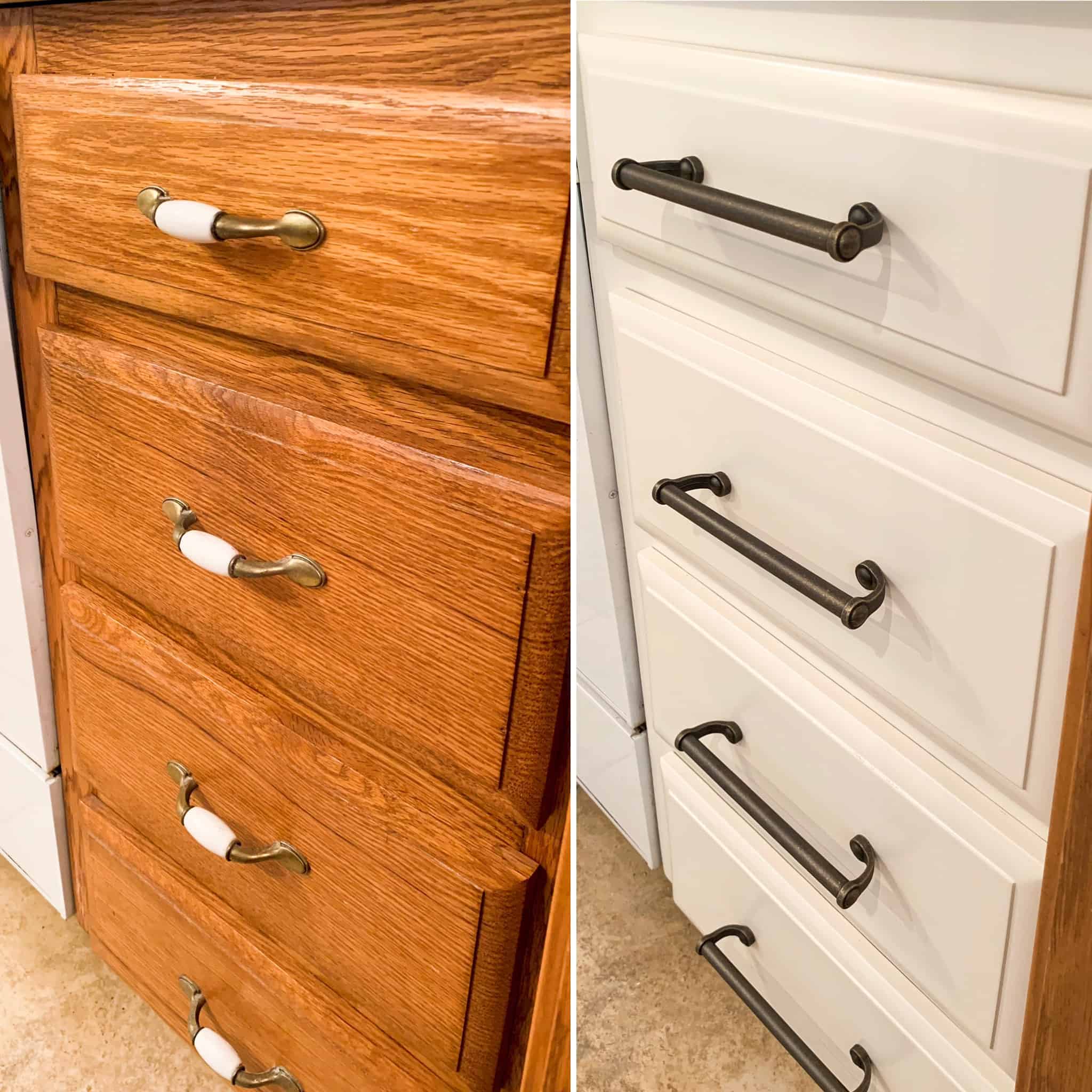Types of Grain Fillers for Oak Cabinets

Choosing the right grain filler for your oak cabinets is a crucial step in achieving a flawlessly smooth surface before painting. The unique characteristics of oak, with its prominent grain and open pores, demand careful consideration of filler type to ensure a durable and aesthetically pleasing finish. This selection process is akin to a spiritual journey, where each material offers a unique path towards achieving the desired outcome – a harmonious blend of form and function.
Oak Wood Characteristics and Grain Filler Selection
The open-pore nature of oak, a testament to its strength and beauty, presents both opportunities and challenges for painting. Its pronounced grain pattern can be accentuated or minimized depending on the chosen filler. The hardness of oak also influences the filler’s need for adhesion and durability. Understanding these inherent qualities guides the selection of an appropriate grain filler, ensuring a successful painting project.
Comparison of Grain Filler Types for Oak Cabinets
Several types of grain fillers cater to the specific needs of oak cabinetry. Each possesses unique properties that impact ease of use, longevity, and final appearance. The following table compares key characteristics:
| Grain Filler Type | Drying Time | Ease of Application | Durability | Cost |
|---|---|---|---|---|
| Wood Filler (Solvent-Based) | 2-4 hours | Moderate; requires sanding | Moderate; susceptible to cracking | Low |
| Wood Filler (Water-Based) | 1-2 hours | Easy; minimal sanding required | Good; less prone to cracking | Moderate |
| Epoxy Filler | 24-48 hours | Difficult; requires precise mixing and application | Excellent; very durable and resistant to moisture | High |
| Paste Wood Filler | 1-2 hours | Easy; smooth application, minimal sanding | Good; suitable for smaller imperfections | Moderate |
Selecting Grain Filler Based on Cabinet Condition
The condition of your oak cabinets significantly impacts the choice of grain filler. For new cabinets with minimal imperfections, a water-based wood filler often suffices. Its ease of application and good durability make it a practical choice. For older cabinets with significant damage, such as deep scratches or gouges, an epoxy filler might be necessary for its superior strength and filling capacity. This is analogous to the spiritual practice of adapting our approach to the specific needs of the situation, acknowledging the unique circumstances. Damaged cabinets may require a more robust and resilient filler to ensure longevity and structural integrity. For minor imperfections on older cabinets, a paste wood filler provides a simple and effective solution. This thoughtful approach mirrors the spiritual practice of careful observation and mindful action.
Application Techniques and Preparation

Embarking on the journey of transforming your oak cabinets into smooth, paintable surfaces requires a mindful approach, akin to a spiritual practice. Each step, performed with intention and precision, contributes to the final masterpiece. The process is not merely about applying filler; it’s about revealing the inherent beauty waiting to be unveiled.
Preparing the surface is paramount. Think of it as clearing the mind before meditation—a necessary prelude to achieving a state of serenity and perfect application. Without proper preparation, the grain filler will not bond effectively, hindering the final result and potentially leading to frustration.
Surface Preparation
The initial phase involves meticulous cleansing and sanding. Imagine this as cleansing the soul before embarking on a spiritual quest. First, thoroughly clean the cabinet surfaces to remove any dust, grease, or old finish. A high-quality degreaser, followed by a thorough rinsing and drying, ensures a clean slate. Subsequently, sanding with progressively finer grit sandpaper (starting around 120 grit and moving up to 220 grit) will create a smooth, receptive surface. This process is not merely about physical smoothness; it is about creating an even, harmonious foundation for the grain filler to adhere to.
Grain Filler Application
Applying the grain filler is a meditative act. Use a putty knife or a flexible spreader to apply the filler, working it into the grain of the wood. Apply a thin, even coat, ensuring complete coverage of all pores and imperfections. Avoid overfilling, as this can lead to uneven drying and sanding difficulties. The aim is to achieve a seamless transition, a balance between filling imperfections and preserving the natural character of the wood. Visualize each stroke as a brushstroke on a canvas, contributing to the overall harmony.
- Clean the cabinet surfaces thoroughly with a degreaser.
- Sand the surfaces with progressively finer grit sandpaper (120-220 grit).
- Apply a thin, even coat of grain filler with a putty knife or spreader.
- Allow the filler to dry completely according to the manufacturer’s instructions (usually several hours).
Sanding After Filler Application
Once the grain filler is dry, the next phase is equally crucial. This is where the true artistry begins – the refinement of the surface. Sanding after filler application requires patience and precision. Begin with a finer grit sandpaper (around 220 grit) and gradually increase the grit to 320 or higher, ensuring a flawlessly smooth surface. Avoid excessive pressure, as this can damage the underlying wood. Imagine this process as polishing a precious gem, carefully revealing its brilliance. This process transforms the potential into reality.
Ideal Finished Surface, Best grain filler for painting oak cabinets
After proper application and sanding, the ideal finished surface will possess a remarkable smoothness, a sense of equilibrium and harmony. It should feel exceptionally smooth to the touch, devoid of any noticeable texture from the wood grain. The surface will be uniformly even, ready to receive the paint and exhibit the final result, a testament to the meticulous effort invested. Imagine a still pond reflecting the sky—a serene, perfectly smooth surface ready to receive the colors of the painted sky.
Painting Considerations After Filling: Best Grain Filler For Painting Oak Cabinets

The act of preparing oak cabinets for painting transcends mere surface treatment; it’s a journey of transformation, a process of revealing the underlying potential for beauty. The choice of grain filler profoundly influences not only the final aesthetic but also the longevity and integrity of the painted finish. Understanding this interplay is crucial for achieving a truly transcendent result. The careful selection and application of grain filler lays the groundwork for a harmonious union between the wood’s inherent character and the artistry of the paint.
The type of grain filler employed significantly impacts the paint’s adhesion and the overall visual outcome. Different fillers possess varying degrees of porosity, which affects how well the paint bonds to the surface. A poorly chosen filler can lead to paint peeling, cracking, or an uneven finish, diminishing the beauty and durability of the project. Conversely, a thoughtfully selected filler enhances the paint’s adherence, resulting in a smooth, flawless surface that radiates serenity and craftsmanship.
Grain Filler Impact on Paint Adhesion and Appearance
The selection of grain filler directly influences the success of your painting project. For instance, a solvent-based filler, while potentially offering superior durability, might require more careful preparation and may interact differently with certain types of paint than a water-based filler. The level of sanding required after filling also impacts the final adhesion. Over-sanding can compromise the filler’s integrity, whereas insufficient sanding can leave a rough surface that interferes with the paint’s ability to adhere properly. This delicate balance is where the true artistry lies, a harmonious blend of technique and material understanding. A perfectly executed grain filling process results in a painted surface that is not only visually stunning but also remarkably resilient.
Suitable Paint Types for Various Grain Fillers
The type of paint you choose should complement the grain filler. Oil-based paints, known for their durability and rich color saturation, often pair well with solvent-based fillers. The inherent compatibility between these materials creates a strong, long-lasting bond. Water-based paints, prized for their low-VOC content and ease of cleanup, typically work best with water-based fillers, ensuring a seamless integration and a finish that’s both environmentally friendly and aesthetically pleasing. However, proper surface preparation remains paramount regardless of the chosen combination.
Comparison of Painted Finishes Using Different Grain Fillers
The following table compares the final painted finishes achieved using different grain fillers, considering durability and aesthetic aspects. It’s important to remember that these are general observations, and the actual results may vary based on the specific products used, application techniques, and environmental conditions.
| Grain Filler Type | Paint Type | Durability Rating (1-5, 5 being highest) | Aesthetic Description |
|---|---|---|---|
| Solvent-Based Epoxy | Oil-Based Alkyd Enamel | 5 | Smooth, hard, high-gloss finish; excellent depth of color. |
| Water-Based Acrylic | Water-Based Acrylic Latex | 4 | Smooth, durable finish; good color saturation; slightly less glossy than oil-based. |
| Paste Wood Filler | Oil-Based Enamel | 3 | Acceptable finish, but may show slight texture depending on sanding; good for rustic looks. |
| Solvent-Based Polyester | Acrylic-Urethane | 4 | Very durable and resistant to scratches; smooth, satin finish. |
